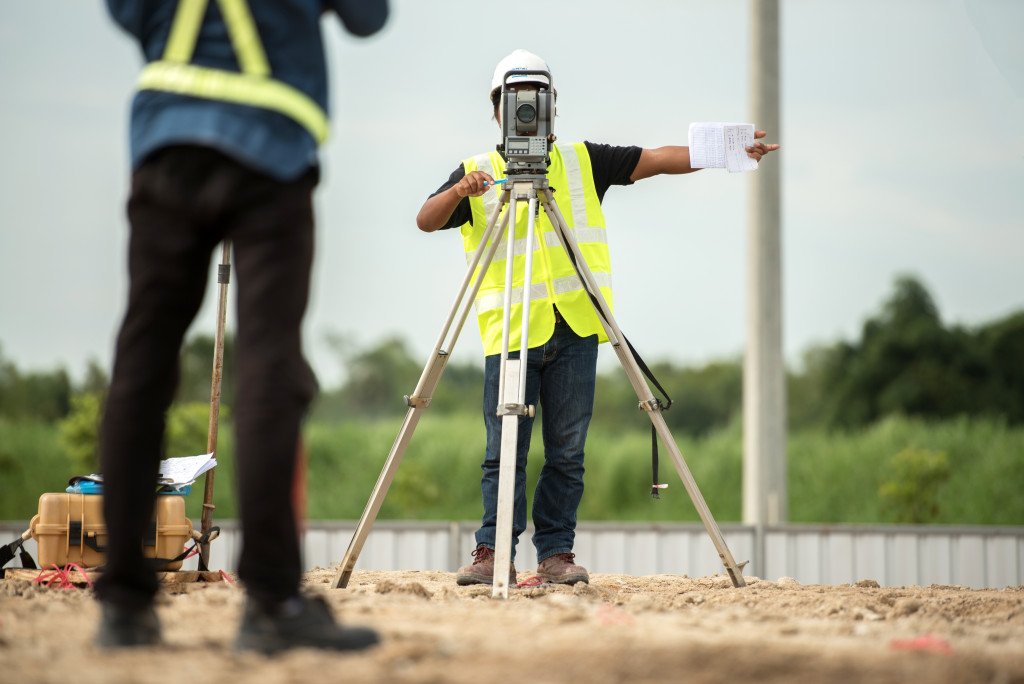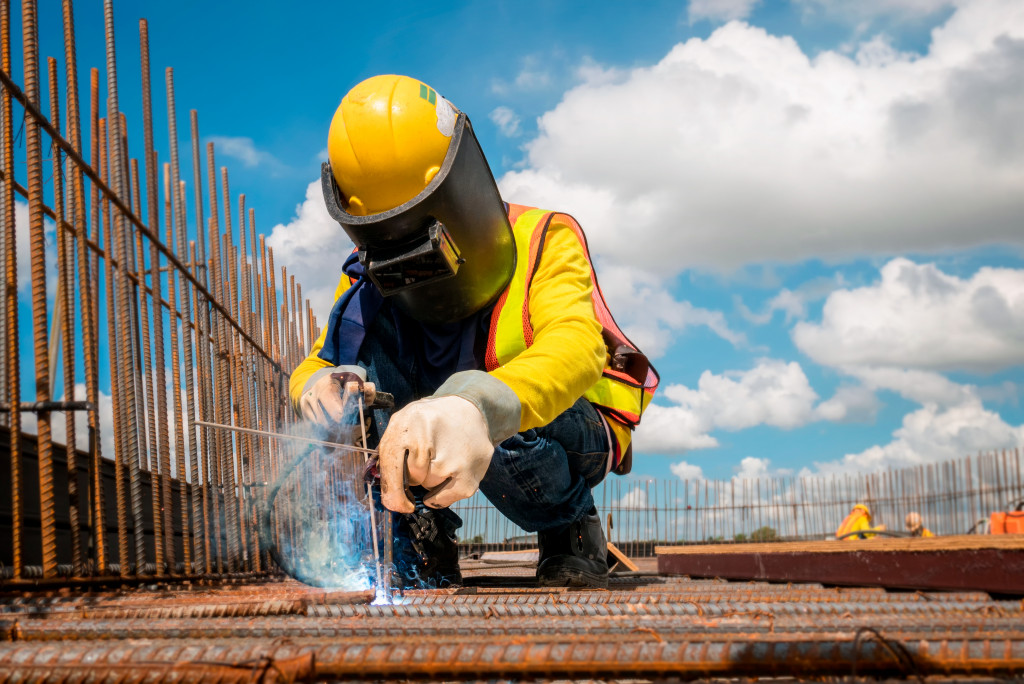The construction industry immediately went back to operations after the pandemic, and the restrictions created to control it temporarily halted building activity globally.
Now that many Americans have received at least one dose of the vaccine against COVID-19, construction is in full swing. By 2021, there were over 700,000 single-family homes being built across the United States — the highest level since 2007. Contractors in the U.S. are also building a record number of multi-family units, including apartments, this year.
However, although the construction industry is pretty much back to normal, it still feels the pandemic’s effects. Many of the challenges that they faced in the past year persist, and these are causing delays.
Project Completion Taking Longer to Achieve
Construction delays are common. Even before COVID-19, the construction project can take longer to complete for various reasons. Factors that affect project timeline include bad weather, conflict with the client or project manager, unexpectedly encountering hazardous substances at the site, and worker safety concerns.
One cause of delay that wasted so much time is equipment malfunction. It is usually a preventable problem. With regular maintenance, any machinery will be less likely to break down in the middle of a workday. However, sometimes, equipment fails due to unforeseen circumstances.
Aside from having to look for, for example, a backhoe loader for sale that will replace the broken machine, the project has to take a pause.
Currently, however, more challenges have appeared and are causing major delays. It is getting harder for builders to meet original deadlines for factors that are beyond their control.
The ongoing shortage of material supply is a problem that started because of COVID-19. COVID-19 disrupted the supply chain and exposed its vulnerabilities. The border closures between nations have made it challenging for goods to be transported from their source to their destinations.
Meanwhile, as the virus spread, manufacturing plants became hotspots for infection and had to be temporarily closed to prevent further transmission. Moreover, the increased demand worldwide means that suppliers are receiving more orders that they struggle to keep up.
Labor is another problem. Right now, there are not enough skilled workers who are looking for jobs in the construction industry. Companies cannot scale up their operations even if they want to, or there is an overwhelming demand for new homes because there will not be any workers available to build new homes across the country.

Unbuilt Houses for Sale
If there are no supplies and workers available, contractors have no choice but to halt work and delay the project.
In February 2021, the number of new homes sold even before construction started rose by 20 percent every year. This indicates that the demand for new homes remains strong.
However, many builders decide to delay construction to avoid starting the project while the cost of materials is still sky-high. Buyers have no choice but to wait.
The number of houses that are yet to be built but are now on sale has gone up by 64 percent during the same period. Many builders are expecting the demand for houses will remain strong soon. So, they are confident enough to start selling before the ground is broken.
Builders Turning Down Projects
Meanwhile, the shortage in labor is forcing firms to decline clients and requests. Because there are not enough skilled workers around, many firms are struggling to meet deadlines. Once a project is delayed, others are affected, too, creating a buildup of backlogs that, as time moves forward, become harder and harder to complete.
This year, a Home Improvement Research Institute report revealed that, among the professionals surveyed, 27 percent admitted that they had delayed projects because of a labor shortage. Worse, among the projects that have been delayed, one-third have been lagging for at least three weeks.
About half of all respondents also shared that they have to turn down about 5 percent of the projects offered to them because of the labor shortage.
According to the U.S. Department of Labor, there were around 376,000 job openings in the construction industry as of May 2021. But, even if firms increase wages, the shortage is massive. By 2026, it is estimated that nearly 750,000 workers will be needed by the construction industry to address the problem.
The pandemic housing boom created an even stronger need for new homes in the U.S. However, the construction industry faces delays due to several problems, especially shortages in materials and labor. Homebuyers and owners would need to be patient for a while as the industry tries to keep up with demand despite challenges.



